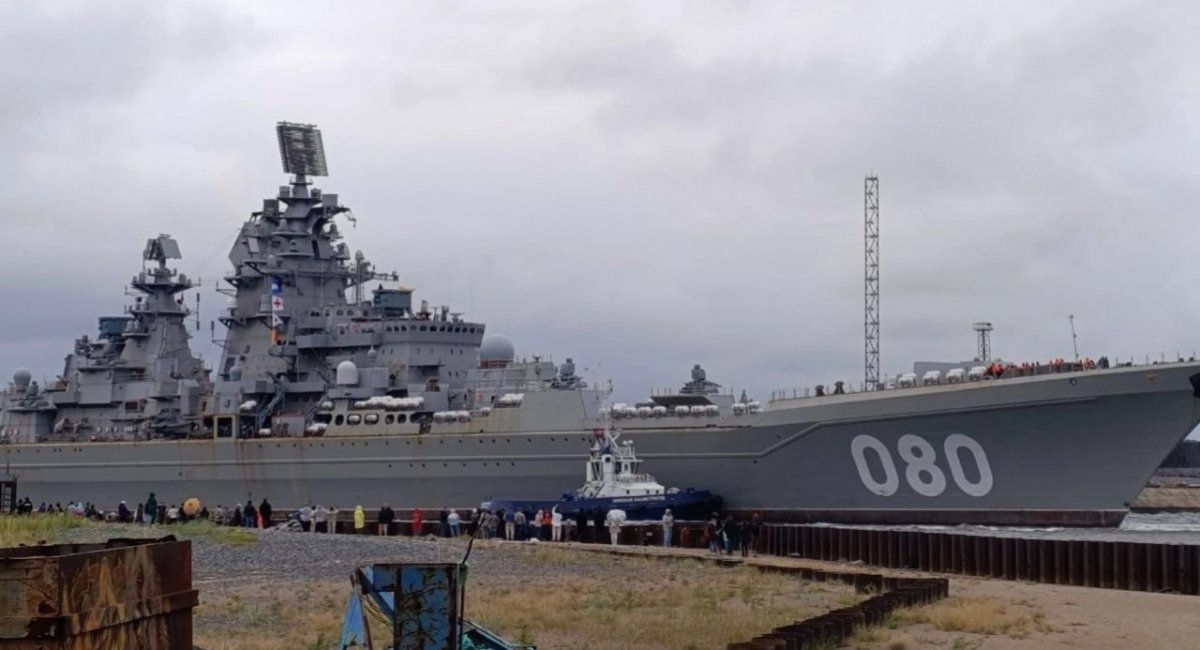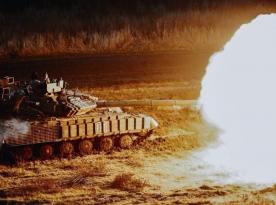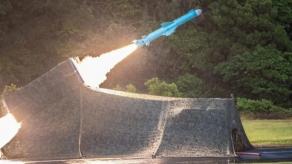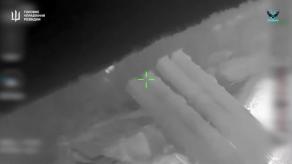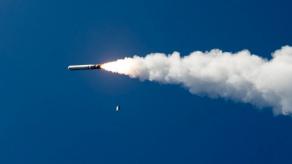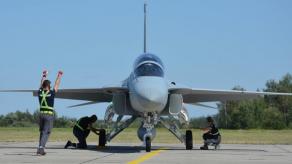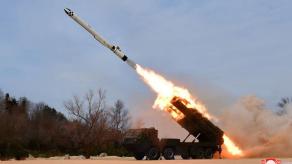The russian heavy nuclear missile cruiser Admiral Nakhimov of Project 1144 class has finally been taken out to sea, marking a key milestone in its overhaul and modernization that has dragged on since 1999. More than a quarter of a century later, the program has already cost russia around $5 billion.
In fact, actual work on the ship began only in 2013 — 14 years after it was locked in the dock. Once completed, it will likely replace its sister ship Pyotr Velikiy, which now appears to be headed for decommissioning.
Read more: russia Forgot How to Build Ships: Sinking of Kapitan Ushakov Tugboat is Just the Tip of the Iceberg
Today, the Project 11442M Kirov-class heavy nuclear-powered missile cruiser Admiral Nakhimov after repair and modernization went to sea for factory sea trials.Alekseeva/Aristovahttps://t.co/WS9nujMe60 pic.twitter.com/7j9PqKKvIe — Massimo Frantarelli (@MrFrantarelli) August 18, 2025
The central element of the upgrade is the replacement of 20 obsolete P-700 Granit anti-ship missile launchers with 80 universal UKSK 3S14 vertical launchers, capable of firing Kalibr, Oniks, and Zircon missiles. This not only integrates modern weapons but also expands the range of missions the ship can perform.
It is not yet possible to confirm from available footage whether this replacement has indeed been carried out, although russian sources earlier reported on dismantling the old launchers, so the installation of the new system has likely taken place.
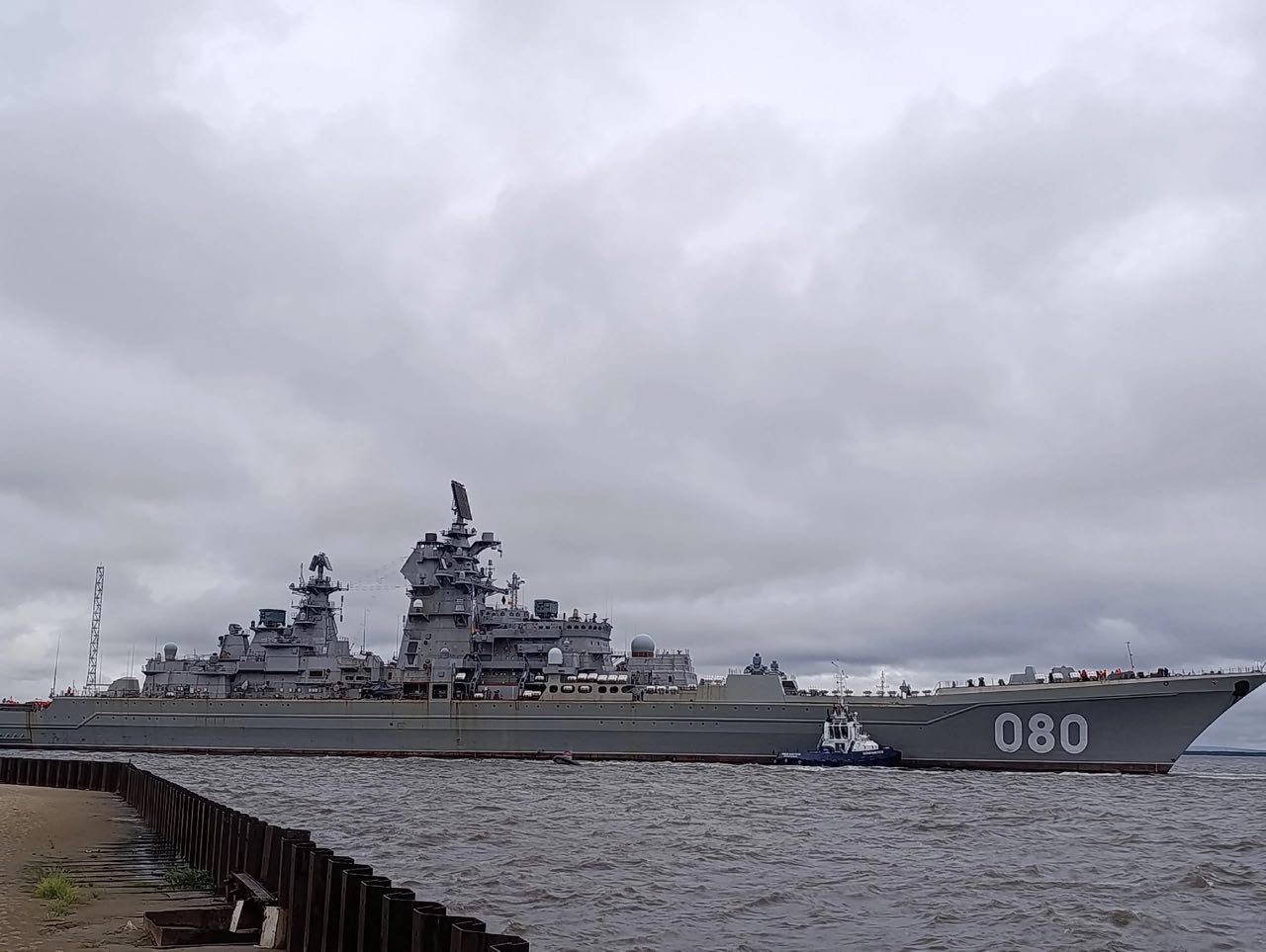
Also, updated radar systems can be identified, replacing the outdated Soviet ones, as well as a new 130-mm AK-192M naval gun in place of the older AK-130 of the same caliber.
Unconfirmed reports also point to the planned integration of Pantsir-M and Fort-M air defense systems, along with Paket-NK and Otvet anti-submarine weapons. Whether these were installed remains uncertain, though there is a slim chance they may be omitted altogether to cut costs.
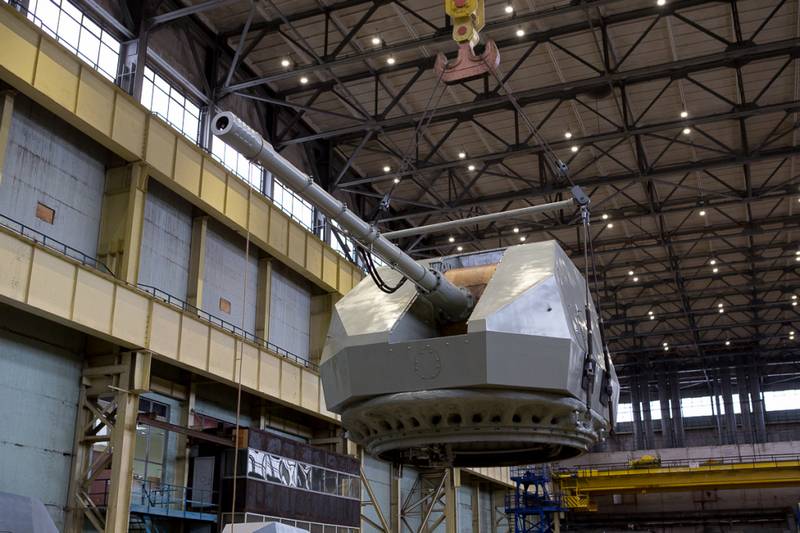
From a broader perspective, the Admiral Nakhimov is one of the last nuclear-powered cruisers in existence — a relic of the Cold War. The ship displaces over 24,000 tons, measures 250 meters in length, and over 26 meters in width.
Its uniqueness lies in its propulsion: two nuclear reactors generating 150 MW each. Early in 2025, both reactors were reactivated to confirm the cruiser's readiness for service.
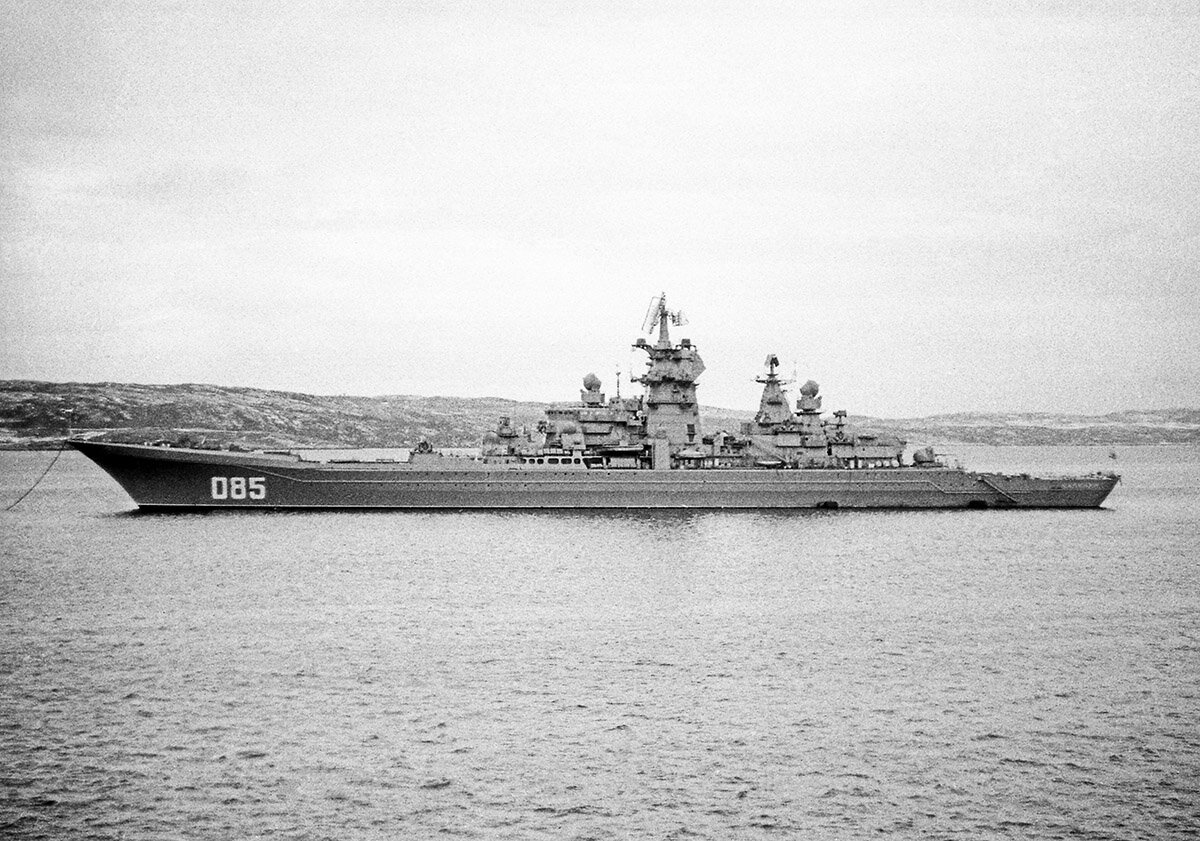
Laid down in 1983 and commissioned in 1988, the ship was sent for repairs in 1997. Since then, it has spent far more time awaiting modernization than at sea, earning even among russians the reputation of a floating scrap heap worth over 200 billion rubles.
The justification for completing such a questionable project lies mainly in the need to replace the Pyotr Velikiy. Despite being newer than the Nakhimov, decades of service and outdated systems have taken their toll.
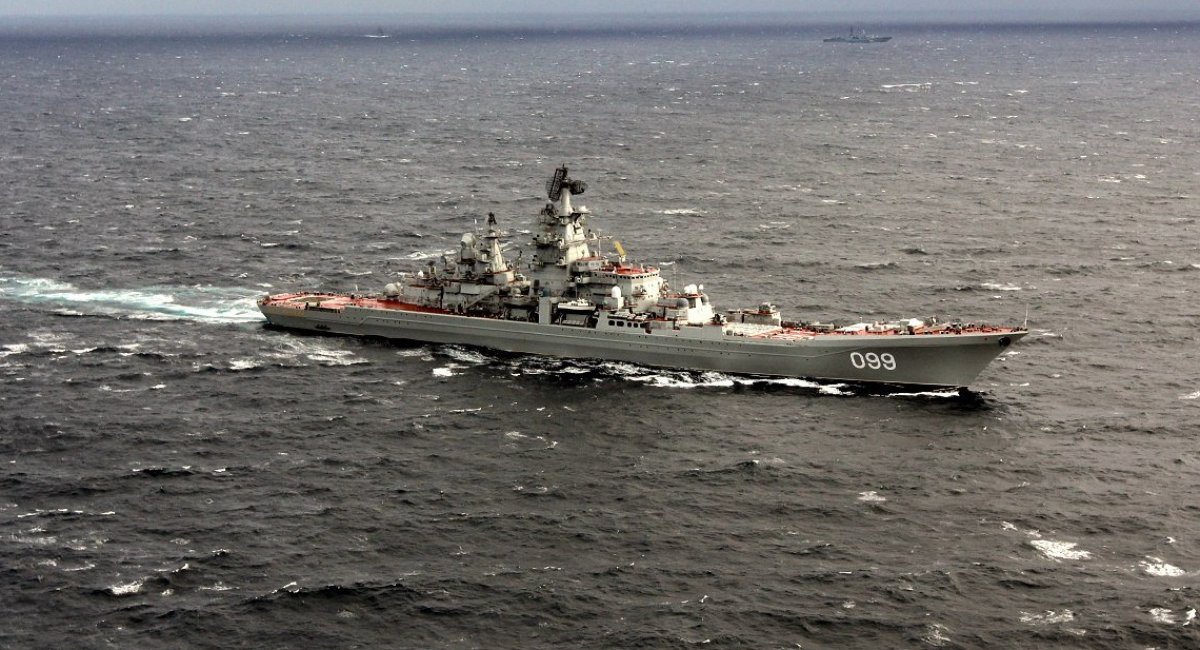
Calls to retire the entire Project 1144 class are dismissed in Moscow, as scrapping them would be a blow to prestige. With the troubled aircraft carrier Admiral Kuznetsov facing decommissioning, the Project 1144 cruisers remain the last surface nuclear-powered warships and the largest non-carrier battleships in the world.
Thus, with clenched teeth, the russians continue pouring resources into the Nakhimov — a symbolic project that consumes billions which could otherwise be used for the war against Ukraine. From Kyiv's perspective, that is a welcome diversion.
Read more: Defunct Kuznetsov Carrier Considered for Sale Instead of Scrapping: Who Might Buy



